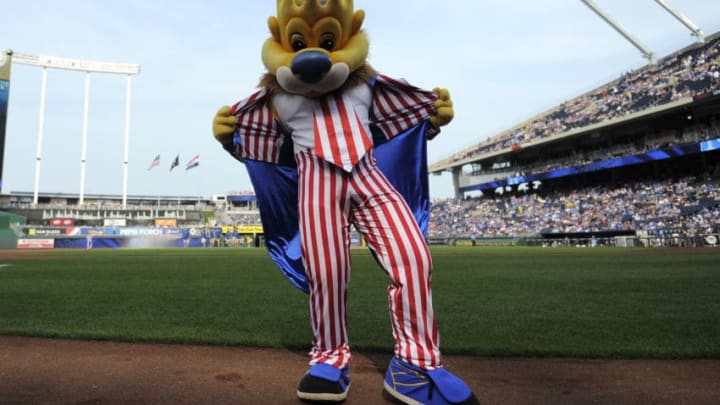
It would not be surprising if most Yankees fans, including myself, didn’t recall that Phil Niekro once pitched for the team. But on July 4, 1984, Niekro took the mound wearing the Pinstripes to face the Texas Rangers in a night game at Arlington Stadium.
Signed as a free agent by the Yankees with a salary of $550,000, Niekro entered the game with a record of 10-4. He pitched eight strong innings that night, earning the win in a game that took only two hours and twenty minutes to play.
Steve Kemp homered in the game, and Don Mattingly collected two hits, raising his batting average to .339 on his way to his best season in baseball.
Niekro would collect only five strikeouts in the game, but one of them would be the 3000th of his career, making him at the time, only the ninth pitcher to reach that plateau.
For the Yankees, though, that particular Fourth of July was hardly anything to celebrate, finishing the night with a record of 35-43. The team went on to finish with a strong second half to wind up in third place, a full seventeen games behind the Detroit Tigers, who went on to win it all.
Niekro was signed as a free agent the following year by the Yankees, only to be released just before the start of the 1986 season.
Niekro would labor in the big leagues and pitch until he was forty-eight years old. Over 21 seasons, he collected 318 wins, enough to earn him election to the Hall of Fame in 2005.
For a fleeting moment, though, he was a New York Yankee, and on the Fourth of July, he made baseball history wearing the Pinstripes and earning his 3,000th strikeout.
